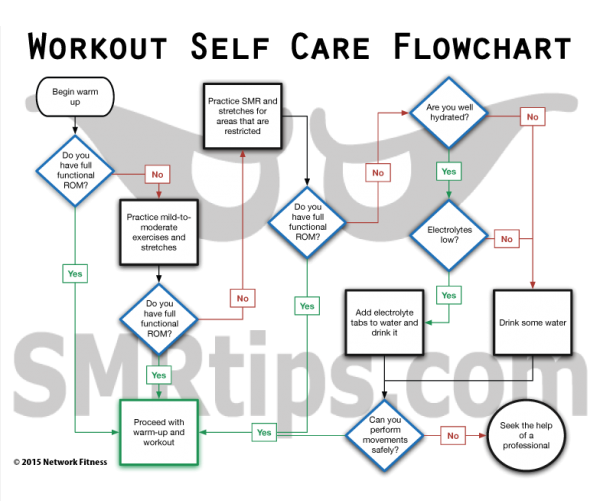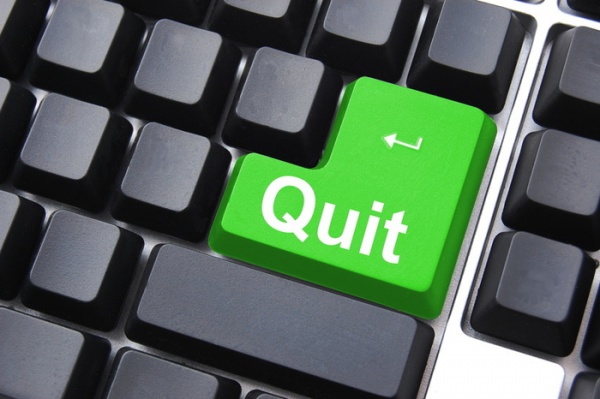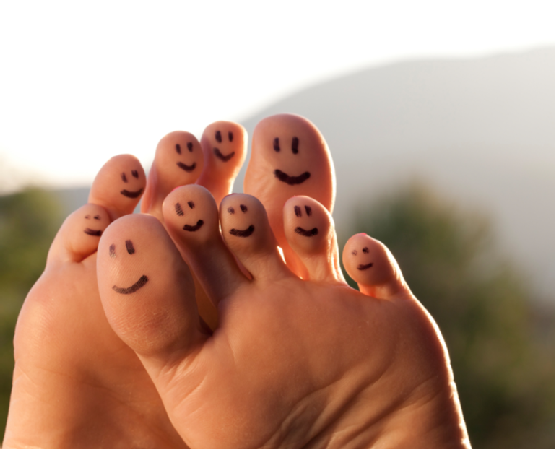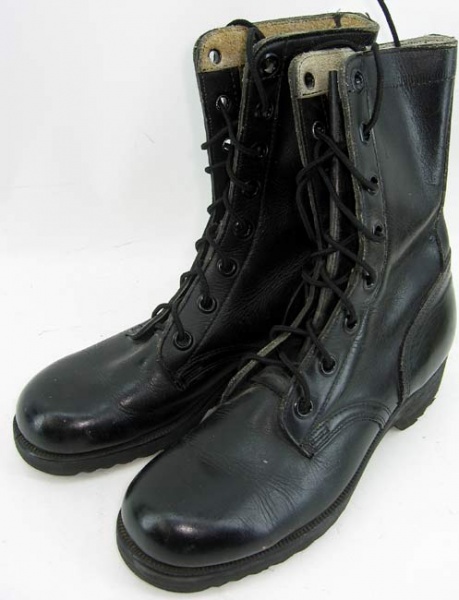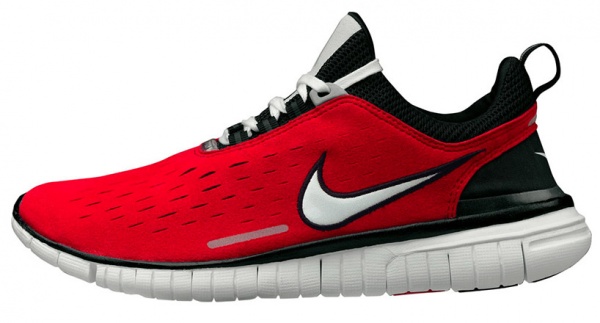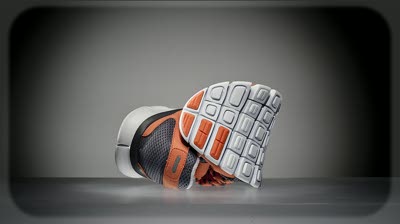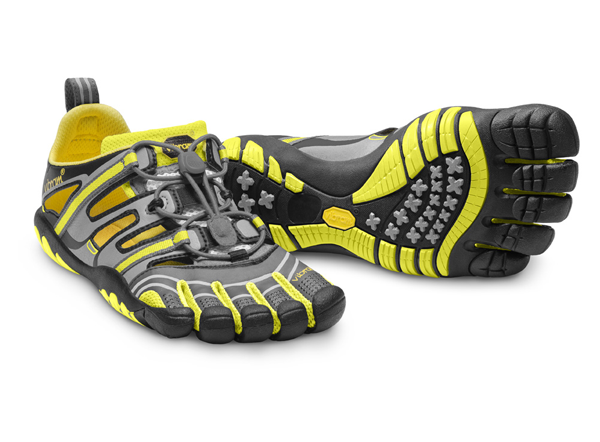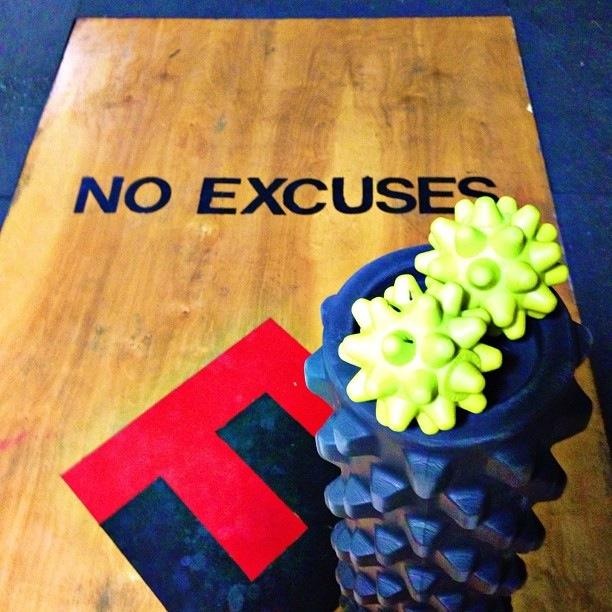Click the techniques below to learn how to help your issue.
The 23 Fundamental SMR techniques are to be practiced at least once every two weeks for each technique, but more often will be necessary for some areas. The Fundamentals include the 3 Primaries and the 20 Secondaries.
The 3 Primary SMR Techniques are to be practiced at least once a week. More often is likely to benefit you more.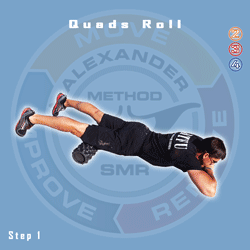
1st Primary -- Quads Roll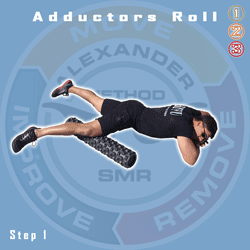
2nd Primary -- Adductors Roll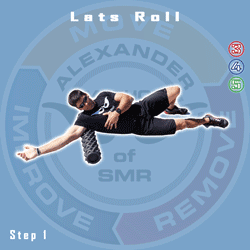
3rd Primary -- Lats Roll
The 20 Secondary SMR Techniques are to be practiced at least once for each technique every two weeks as an assessment. More often is likely to benefit you for some techniques, but you should never ignore an area for more than a couple weeks before inspecting it again to ensure you aren't skipping a problem when it is small and relatively easy to fix. 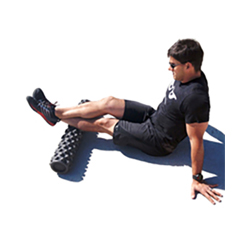
1st Secondary -- Calves Roll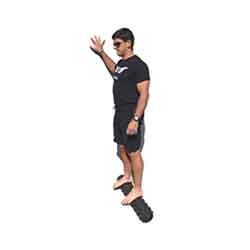
2nd Secondary -- Foot Roll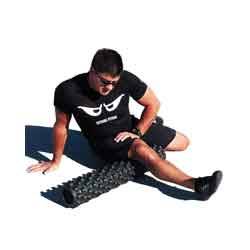
3rd Secondary -- Hamstrings Roll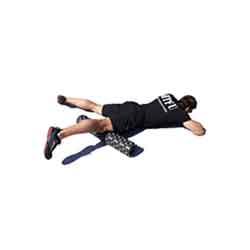
4th Secondary -- VMO Roll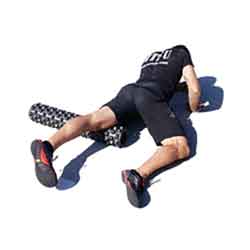
5th Secondary -- IT Band Roll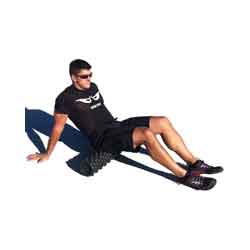
6th Secondary -- Glutes Roll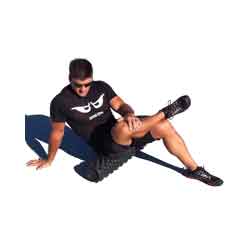
7th Secondary -- Piriformis Roll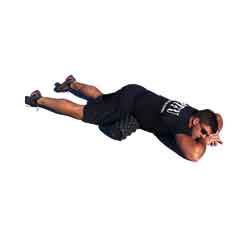
8th Secondary -- Iliopsoas Roll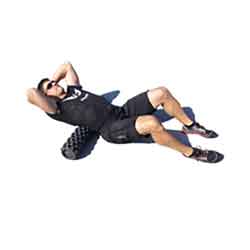
9th Secondary -- QL Roll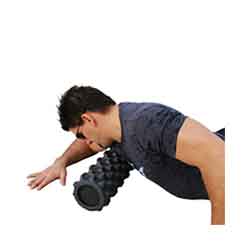
10th Secondary -- Pecs Roll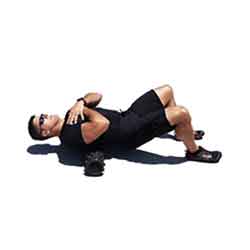
11th Secondary -- T-Spine Roll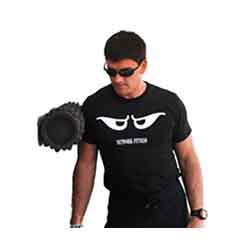
12th Secondary -- Delts Roll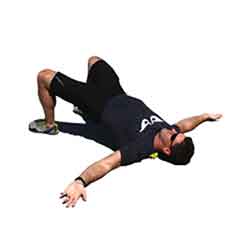
13th Secondary -- Levator Floor Press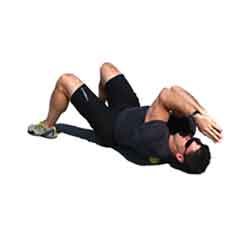
14th Secondary -- SMR Butterfly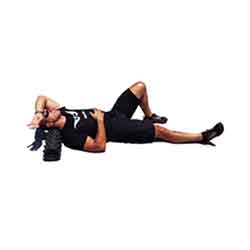
15th Secondary -- Neck Roll
16th Secondary -- Sterno Roll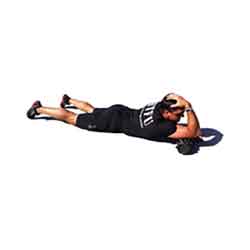
17th Secondary -- Triceps Roll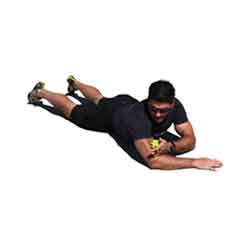
18th Secondary -- Biceps Press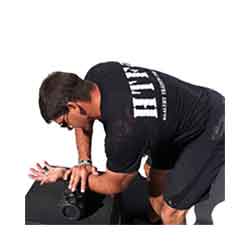
19th Secondary -- Extensors Roll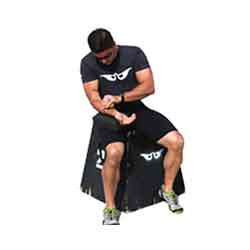
20th Secondary -- Flexors Press
|
The 47 Extended SMR techniques are to be practiced as needed when dealing with a issue in that area of your body (normally two or three techniques per day). These techniques are meant to be done almost daily when you have an issue in that region (and ONLY when you have an issue in that region).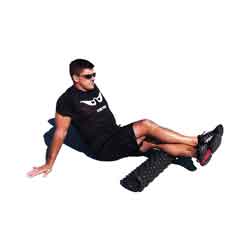
1st Extended -- Gastroc Roll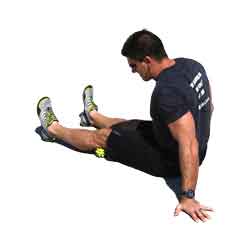
2nd Extended -- Pop Press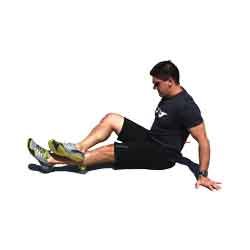
3rd Extended -- Post Tib Press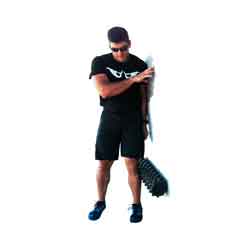
4th Extended -- Peroneals Wall Roll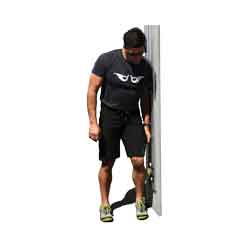
5th Extended -- Peroneals Wall Press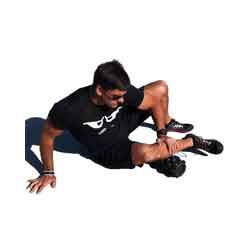
6th Extended -- Peroneals Floor Roll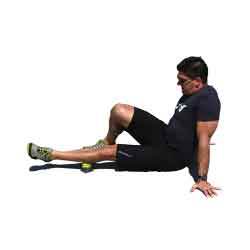
7th Extended -- Peroneals Floor Press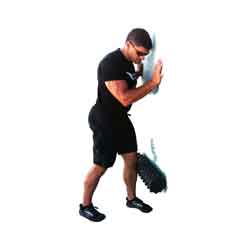
8th Extended -- Shin Wall Roll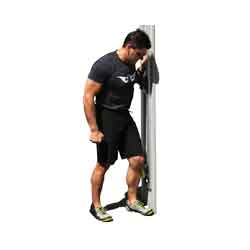
9th Extended -- Shin Wall Press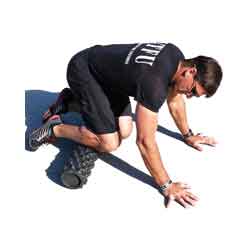
10th Extended -- Shin Floor Roll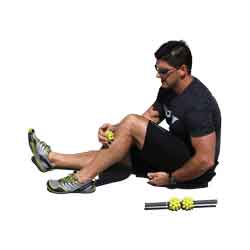
11th Extended -- Shin Floor Press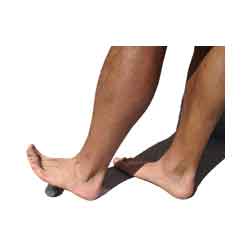
12th Extended -- Arch Roll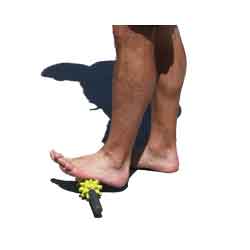
13th Extended -- Arch Press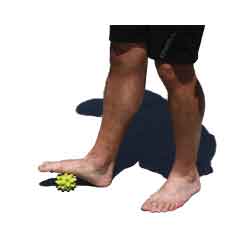
14th Extended -- Foot Press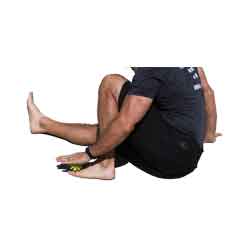
15th Extended -- Toes Press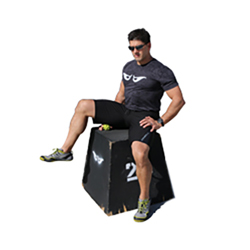
16th Extended -- Hamstrings Press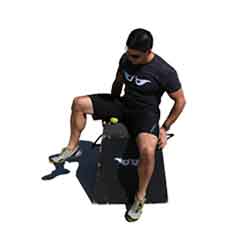
17th Extended -- Seated Adductor Press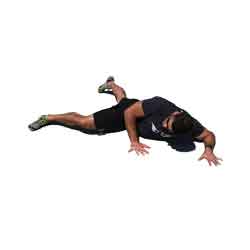
18th Extended -- Prone Adductor Press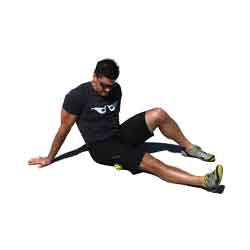
19th Extended -- IT Band Press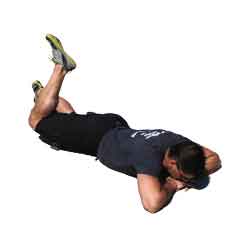
20th Extended -- Quads Press -- Single Ball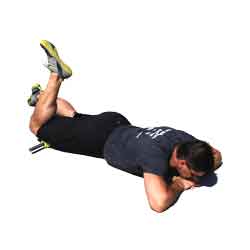
21st Extended -- Quads Press -- Double Ball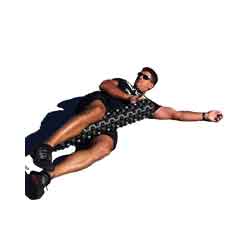
22nd Extended -- The Cricket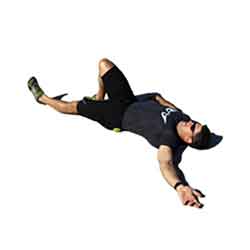
23rd Extended -- Glute Med Press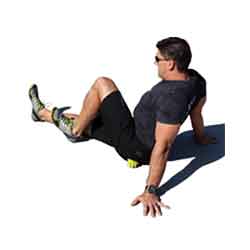
24th Extended -- Piriformis Press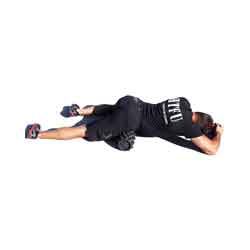
25th Extended -- TFL Roll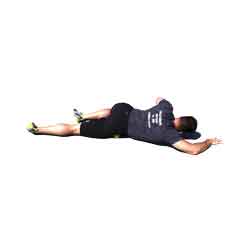
26th Extended -- TFL Press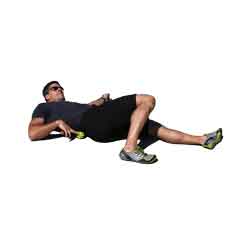
27th Extended -- QL Press -- Single Ball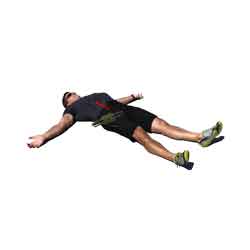
28th Extended -- QL Press -- Double Ball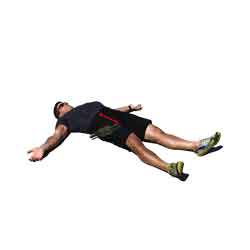
29th Extended -- Sacrum Press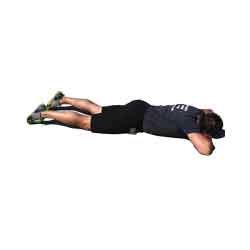
30th Extended -- Iliacus Press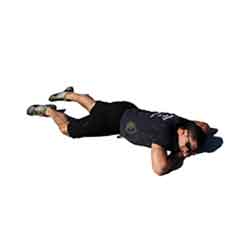
31st Extended -- Psoas Press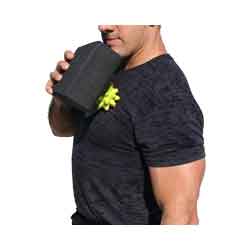
32nd Extended -- Pecs Hand Press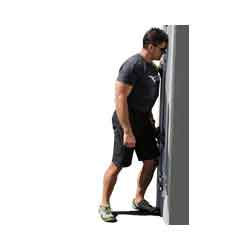
33rd Extended -- Pecs Wall Press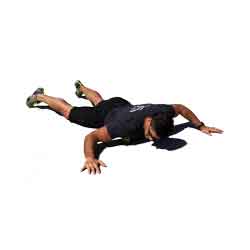
34th Extended -- Pecs Floor Press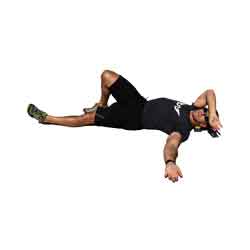
35th Extended -- Neck Press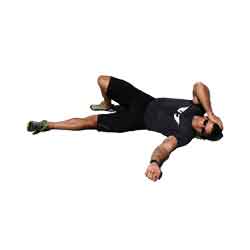
36th Extended -- Scalenes Press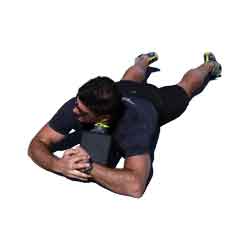
37th Extended -- Sterno Press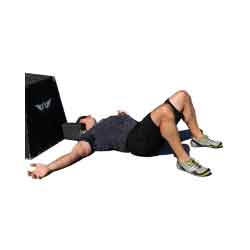
38th Extended -- Levator Wall Press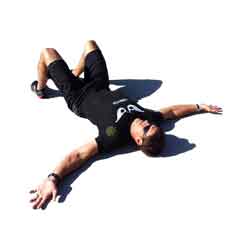
39th Extended -- Infra Press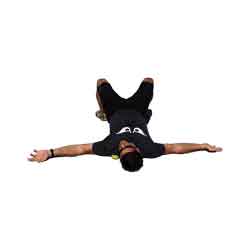
40th Extended -- Supra Floor Press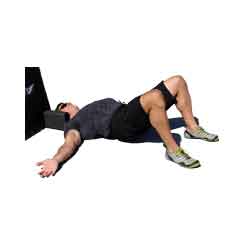
41st Extended -- Supra Wall Press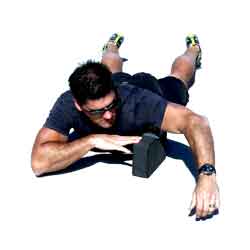
42nd Extended -- Subscap Press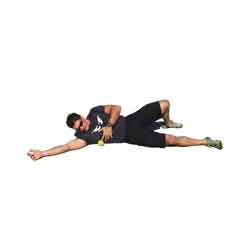
43rd Extended -- Serratus Press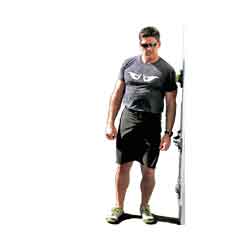
44th Extended -- Delts Press -- Wall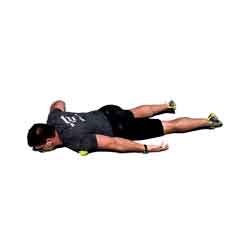
45th Extended -- Delts Press -- Floor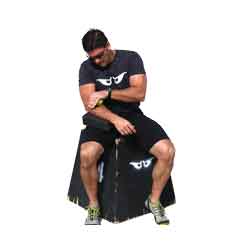
46th Extended -- Brachi Press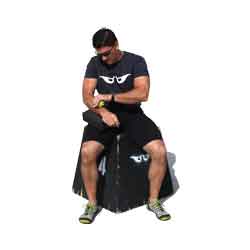
47th Extended -- Extensors Press
|
|
Take 2-5 minutes for each SMR exercise per side of your body. This will provide enough time under tension to stimulate the GTO and your muscles will likely relax more, allowing you to make quicker progress toward full range pain-free movement. Quicker movements tend to stimulate the muscles, whereas slower movements tend to relax them. You may need significant SMR work in a particular area. Work through all 70 of the SMR techniques as needed, plus the nearly 90 stretches to address every skeletal muscle in your body. Over time you should need these techniques less often and it should take less time with each technique to get the release you are seeking. |
| **All information is provided for educational purposes only. You should consult your doctor before attempting any exercises you read on this page or any page on this website.** |


